Practise recognising, counting and subitising numbers from 1-20 with this Easter-themed counting activity.
Easter Activity for Kids + Counting Practise
Are you looking for an Easter-themed activity that gets your students excited about Easter? But, also have a lot of skills your students need to practise? This Chick Counting activity will have your students practising matching dots and numbers in this cute Easter-themed maths activity.
Students will be quantifying and comparing collections up to 20 using counting and explain or demonstrate their understanding by matching the correct chick with its broken egg.
Important Early Maths Skills
This activity will help your students with the following early numeracy skills:
- Number recognition: Counting dots helps kids learn to recognise and name numbers. Each dot represents one unit, so as kids count the dots, they learn to associate the number with the quantity it represents.
- One-to-one correspondence: Counting dots also helps kids develop the concept of one-to-one correspondence, which is the idea that each object being counted corresponds to one number word. This is a foundational maths skill that is essential for later learning, such as addition and subtraction.
- Visual perception: Recognising and counting dots also helps kids develop visual perception skills, such as spatial awareness and pattern recognition.
- Problem-solving: Counting dots can also be used to solve simple math problems, such as addition and subtraction, which can help kids develop problem-solving skills.
Download & Print
As this activity has been created as a use and reuse resource again, it is recommended that you print on thick card and use some form of storage container to ensure durability of the resource. If you’re looking for more resource storage hacks, this blog is super helpful: 18 Clever Classroom Storage Ideas for the Busy Teacher.
This resource was created by Lindsey Phillips, a Teach Starter collaborator.
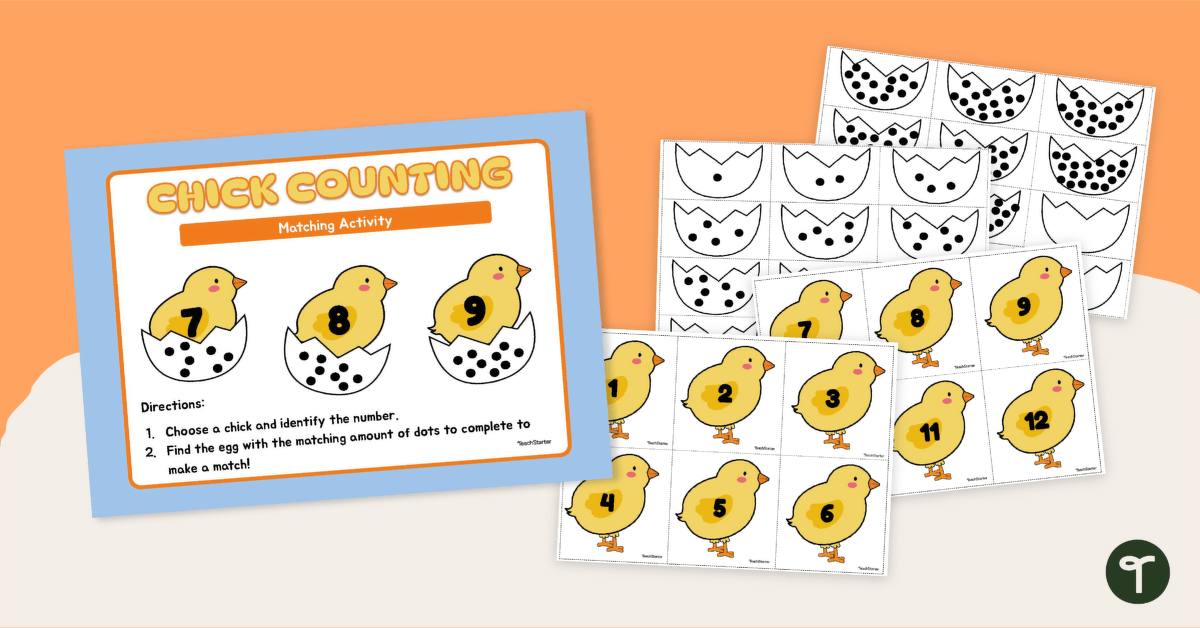
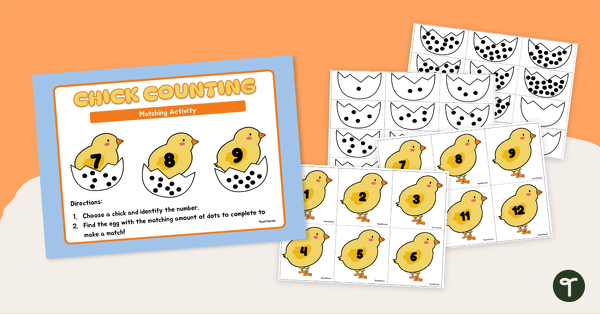

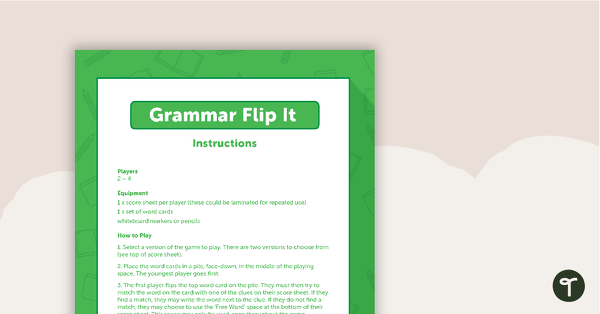
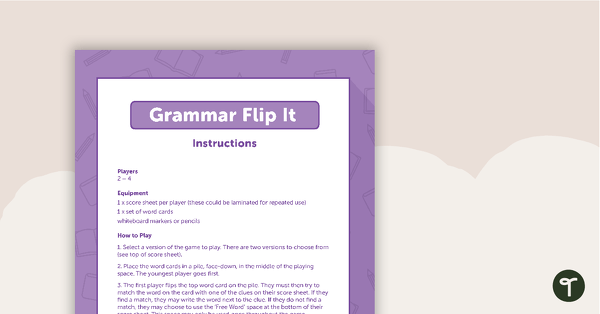
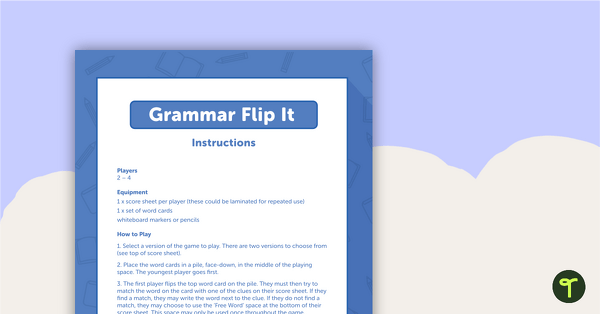
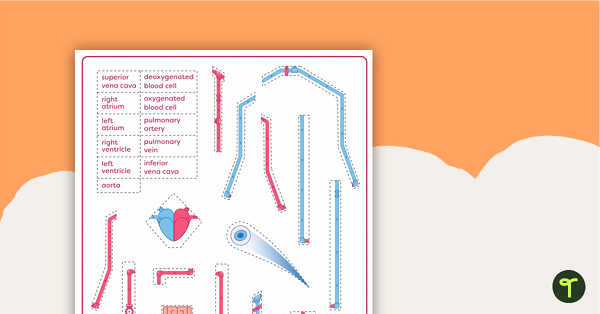
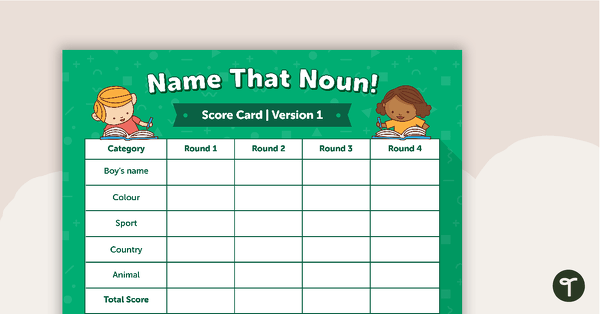
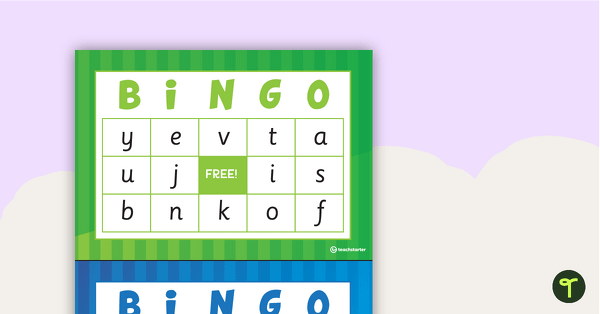


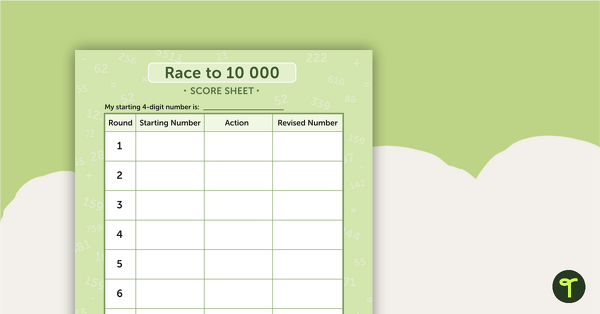
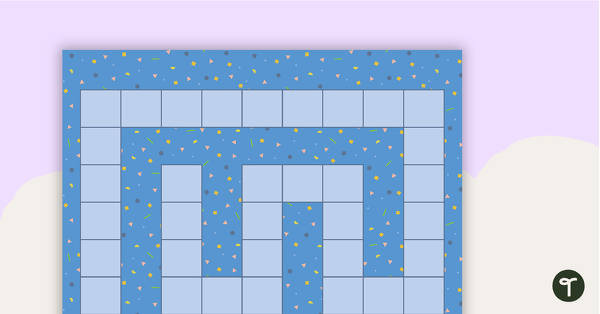
0 Comments
Write a review to help other teachers and parents like yourself. If you'd like to request a change to this resource, or report an error, select the corresponding tab above.